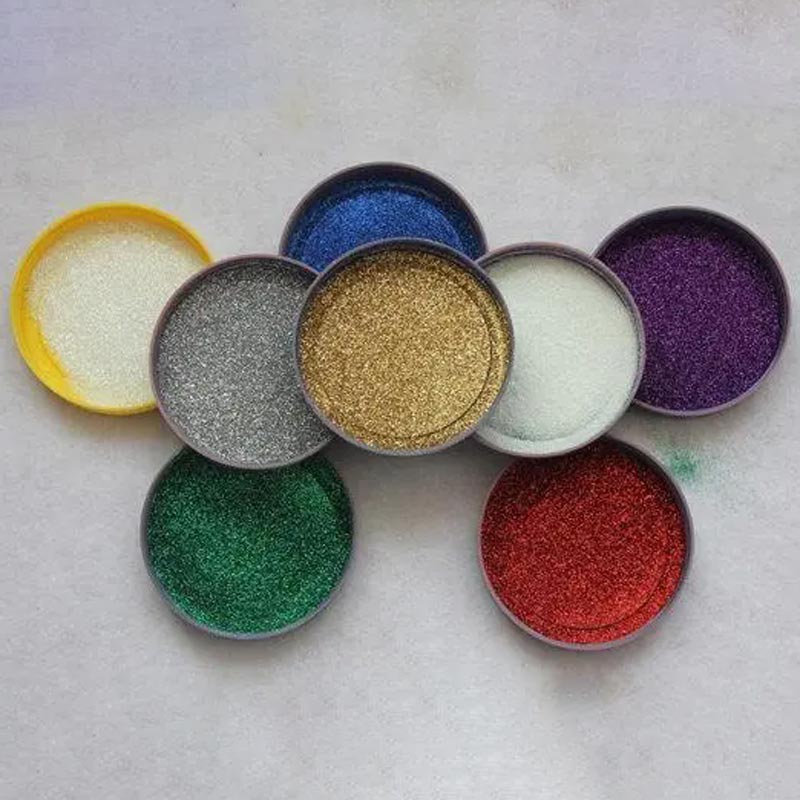The differences between Pigment and Coating
2025-05-30
Pigment and coating refer to different materials and functions, particularly in paints, industrial finishes, and materials science. Here's a breakdown of the key differences:
1. Definition
A finely ground solid substance used to impart color, opacity, or other properties (like UV resistance) to a material. Pigments are usually insoluble and must be dispersed in a medium.
Coating:
A layer or film of material applied to a surface for protection, decoration, or functionality (e.g., anti-corrosion, waterproofing). Coatings may contain pigments as part of their formulation.
2. Function
Pigment:
Provides color.
May also give opacity, UV protection, chemical resistance, or magnetic/electrical properties.
Does not bind to surfaces by itself—needs a binder.
Coating:
Acts as a protective or decorative layer.
May prevent corrosion, wear, or chemical damage.
Includes binders, solvents, additives, and pigments (in pigmented coatings).
3. Composition
Pigment:
Typically inorganic (e.g., titanium dioxide, iron oxide) or organic (e.g., phthalocyanine blue).
Purely particulate – no liquid or binder included.
Coating:
A mixture of components:
Binders/resins (for adhesion and film formation),
Solvents or carriers (to control application),
Pigments (optional),
Additives (for flow, drying, etc.).
4. Role in Paint or Finish
Pigment:
One of the ingredients in paint.
Responsible for color and hiding power.
Coating:
The final product applied to a surface (e.g., paint, varnish, epoxy).
Contains pigment + binder + solvent + additives.

5. Examples
Pigments:
Titanium Dioxide (white)
Carbon Black (black)
Iron Oxide Red
Coatings:
Paint (a pigmented coating)
Clear varnish (a non-pigmented coating)
Epoxy coating for floors
Powder coatings
If u are interested in our products, welcome to contact us. We will contact you in 24 hours


